Dutch Research Council NWO awarded a 'Veni' grant to six young and talented UT researchers. Eefje Hendriks, Lonneke Lenferink, Francis Kalloor Joseph, Tom Kamperman, Anastasia Lavrenko and Kim Pondman get, thanks to this grant, the opportunity of working out their innovative ideas. From printing muscle tissue to building disaster-proof houses and better avoiding cancer metastases.
Veni grants are part of NWO's Talent programme, aiming at scientists in subsequent steps in their career. The Veni's were awarded in two steps this time. In this round, 78 Veni's were granted in the domains of social sciences and humanities, and applied and engineering sciences. The laureates will receive a grant of 280,000 euro max, for curiosity driven and innovative research.
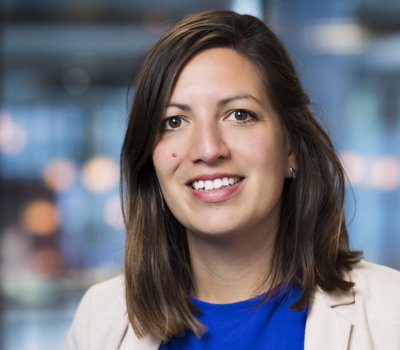 Enabling vulnerable communities to build back safer
Enabling vulnerable communities to build back safer
To fight disaster risks, resistant housing is crucial. Too often, essential construction techniques are not used by the most vulnerable, despite assistance. Choices made during reconstruction are still insufficiently understood. This study will explore these choices to create effective targeted assistance and to enhance resilience of houses reconstructed after disasters.
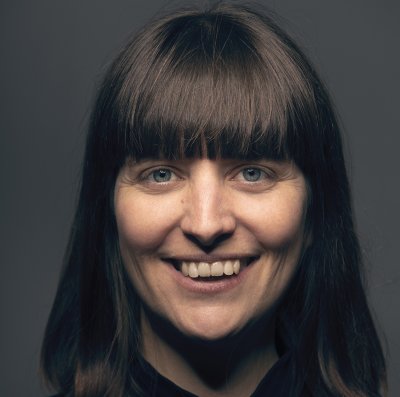 Toward personalized bereavement care - examining individual differences in response to grief treatment
Toward personalized bereavement care - examining individual differences in response to grief treatment
Prolonged grief disorder is a debilitating condition, affecting 10% of bereaved people. To date, studies evaluating treatments for prolonged grief have focused on symptom change on a group-level, ignoring individual variability in grief-responses. Personalized prolonged grief treatment may enhance treatment outcomes. This project contributes in three ways to personalized treatment for prolonged grief, by: improving the understanding of differences in grief-trajectories, examining grief in daily life and offering dynamic support in daily life to treat prolonged grief.
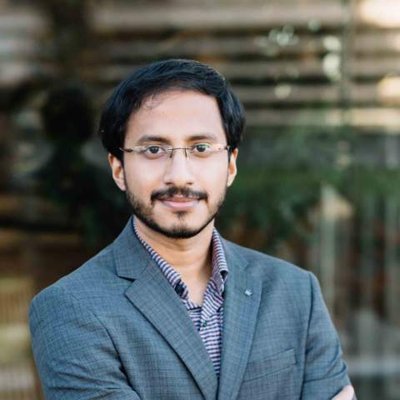 Ultrasound-informed photoacoustic imaging - a new method for personalized risk assessment of ischemic stroke
Ultrasound-informed photoacoustic imaging - a new method for personalized risk assessment of ischemic stroke
Worldwide vascular diseases cause 18 million deaths annually, partly from ischemic strokes caused by rupture of unstable plaque in the carotid artery. Currently, the degree of arterial narrowing is used to decide the treatment type between surgery and medication. This method is suboptimal, resulting in unnecessary surgeries and more occurrences of stroke. Thus, there is an urgency to incorporate instability associated with the plaque composition in deciding the treatment. This project will develop ultrasound-informed photoacoustic imaging, a new method for personalized assessment of plaque composition. Clinical implementation of the method can improve treatment decision making, resulting in effective care.
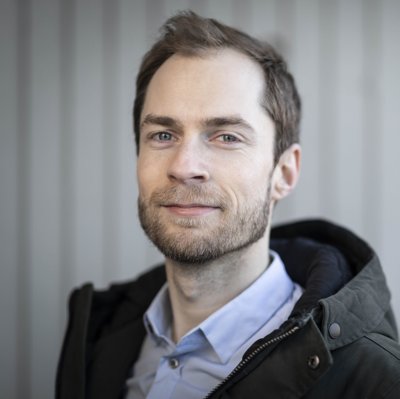 Aqueous-based 3D Structuration for Complex and Large Engineered Muscles.
Aqueous-based 3D Structuration for Complex and Large Engineered Muscles.
Tissue engineering can revolutionize our healthcare and food production systems. However, current tissue engineering strategies only offer limited scalability, which prevents their clinical and industrial translation. To overcome this grand challenge, this research offers a scalable 3D printing method that enables the biofabrication of large living muscle tissues. The project thereby facilitates, amongst others, development of improved regenerative medicine therapies, animal-free drug screenings, and animal cruelty-free cultured meat.
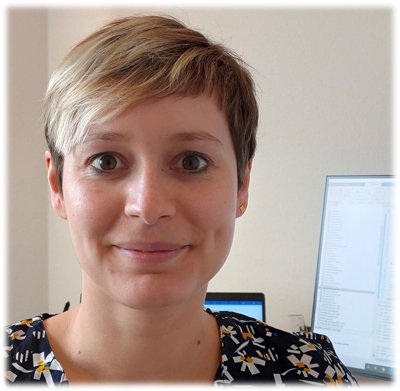 Beyond bugging - wireless sensing and monitoring with harmonic radar
Beyond bugging - wireless sensing and monitoring with harmonic radar
From object tracking to non-contact inspection, the need for wireless monitoring solutions is ubiquitous. Commonly available technologies, however, often fail in highly cluttered environments such as at sea, underground, or when the object of interest is very small. This project fills this technological gap by delivering innovative solutions utilizing the harmonic radar principle to provide wireless sensing and monitoring functionality in the most challenging operational conditions.
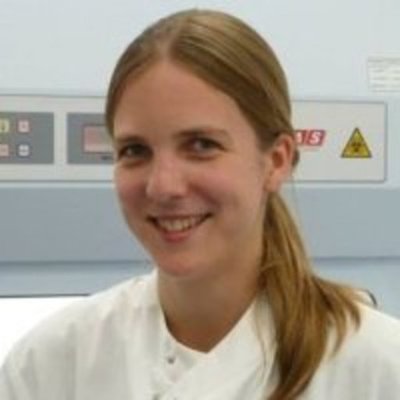 Circulating tumor cells: together we triumph, divided we fall
Circulating tumor cells: together we triumph, divided we fall
Cancer cells can travel through the body as clusters, with for example immune cells and/or platelets. These clusters (CTMs) may be better equipped to survive in the blood flow and cause cancer spreading (metastasis) compared to individual cancer cells (CTCs). Yet, their extreme rarity makes their study very challenging. Here, CTM models will be created, with well-defined compositions, to identify which of their characteristics increase their survival and ability to cause metastasis, using a blood vessel model. The generated new knowledge will be instrumental in developing new treatments targeting these CTMs to, subsequently, avoid spread of cancer.
You can also check NWO's press release for a full overview.

 Enabling vulnerable communities to build back safer
Enabling vulnerable communities to build back safer Toward personalized bereavement care - examining individual differences in response to grief treatment
Toward personalized bereavement care - examining individual differences in response to grief treatment Ultrasound-informed photoacoustic imaging - a new method for personalized risk assessment of ischemic stroke
Ultrasound-informed photoacoustic imaging - a new method for personalized risk assessment of ischemic stroke Aqueous-based 3D Structuration for Complex and Large Engineered Muscles.
Aqueous-based 3D Structuration for Complex and Large Engineered Muscles. Beyond bugging - wireless sensing and monitoring with harmonic radar
Beyond bugging - wireless sensing and monitoring with harmonic radar Circulating tumor cells: together we triumph, divided we fall
Circulating tumor cells: together we triumph, divided we fall



